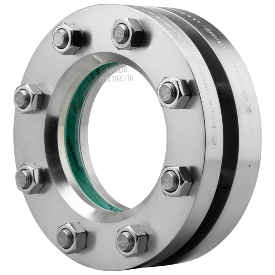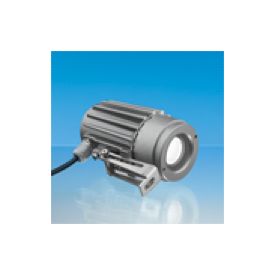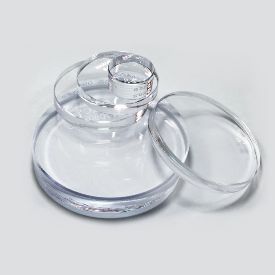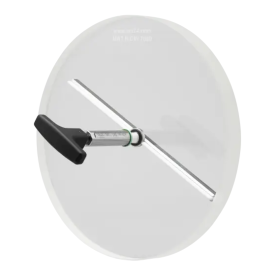Round sight glasses
The method of sizing:
DiameterD [mm]
Widths [mm]
Pressure[bar]
Notes
24
10
150
disc special size
30
12
150
disc special size
15
200
disc special size
31,6
12,75
150
disc special size
Aluminosilicate
33
14
150
disc special size
33,12
15,95
Aluminosilicate
34
17
200
disc special size
Aluminosilicate
35
7
25
disc special size
40
10
40
disc special size
12
50
disc special size
44
10
40
disc special size
12
50
disc special size
45
10
40
acc. DIN 7080
12
50
acc. DIN 7080
50
10
25
acc. DIN 7080
12
40
acc. DIN 7080
55
6,5
6
disc special size
10
25
disc special size
60
10
16
acc. DIN 7080
12
25
acc. DIN 7080
15
40
acc. DIN 7080
20
95
disc special size
63
8
8
disc special size
10
16
acc. DIN 7080
12
25
acc. DIN 7080
15
40
acc. DIN 7080
65
10
12
disc special size
15
40
disc special size
70
12
16
disc special size
15
25
disc special size
75
12
16
disc special size
80
10
10
disc special size
12
16
acc. DIN 7080
15
25
acc. DIN 7080
20
40
acc. DIN 7080
86
12
10
disc special size
90
10
8
disc special size
92
10
8
disc special size
94
12
10
disc special size
95
10
6
disc special size
15
16
disc special size
100
10
7
disc special size
12
10
disc special size
15
16
acc. DIN 7080
20
25
acc. DIN 7080
25
40
acc. DIN 7080
105
15
16
disc special size
110
12,5
10
disc special size
20
25
disc special size
113
15
10
disc special size
115
15
10
disc special size
120
10
4
disc special size
15
10
disc special size
18
16
disc special size
125
15
10
acc. DIN 7080
20
16
acc. DIN 7080
25
25
acc. DIN 7080
30
40
disc special size
130
15
10
disc special size
135
15
8
disc special size
25
25
acc. DIN 7080
140
15
8
disc special size
150
10
2
disc special size
15
8
disc special size
20
10
acc. DIN 7080
25
16
acc. DIN 7080
30
25
acc. DIN 7080
160
20
12
disc special size
170
15
5
disc special size
20
10
disc special size
175
20
10
acc. DIN 7080
25
16
acc. DIN 7080
30
25
acc. DIN 7080
200
20
8
acc. DIN 7080
25
10
acc. DIN 7080
30
16
acc. DIN 7080
210
25
10
disc special size
250
20
4
disc special size
25
8
acc. DIN 7080
30
10
acc. DIN 7080
265
30
8
acc. DIN 7080
Note: if in the column Notes otherwise stated, borosilicate glass "extra hard" is used
Round sight glasses are delivered separately or in a set with gaskets and mica shield.
If you can not find the size - please contact us.
Tolerances
Diameter (d1):d1 ≤ 125 mm125 mm < d1 ≤ 200 mm d1 > 200 mm
± 0,5 mm± 0,8 mm± 1,0 mm
Thicknes (s):s ≤ 20 mm s > 20 mm
+ 0,5 mm / -0,25 mm+ 0,8 mm / -0,40 mm
Flatness (e):d1 ≤ 100 mm100 mm < d1 ≤ 150 mm 150 mm < d1 ≤ 200 mmd1 > 200 mm
0,05 mm0,08 mm0,12 mm0,15 mm
Parallelity (p):d1 ≤ 100 mm100 mm < d1 ≤ 200 mm d1 > 200 mm
0,20 mm0,25 mm0,30 mm
Calculation of the glass thickness
s - theoretical minimum glass thicknes [mm] dm => (d1+d2)/2 => average sealing diameter [mm]d1 - glass and sealing outside diameter [mm]d2 - sealing inside diameter [mm]p - permisible presure [bar] δbB - min. value of surface comressive stress [N/mm2] S - safety factor
Our offer includes sight glasses made of various materials, depending on environmental conditions (temperature, pressure, aggressive media). The properties of various glass materials are described on page Types of materials in chapter Our offer/Technical glass. The basic types of materials used for the manufacture of sight glasses are:
soda-lime glass - widely available, cheap, working temperature up to 280 °C,
borosilicate glass - particularly suitable for use in aggressive environments (acids, alkalis, water vapor), working temperature up to 350 °C,
aluminosilicate glass - working temperature up to 660 °C,
glass-ceramics - thermal shock resistant, working temperature up to 750 °C,
quartz glass - with a broad spectrum light transmittance (from ultraviolet to infrared), working temperature up to 1100 °C,
sapphire products - working temperature up to 2000 °C.
To improve the strength, the machined glass is subjected to toughening and annealing. In order to increase the resistance of sight glasses on the aggressiveness of the working environment and in the use of high temperatures and pressures, additional use of mica shield is recommended. Mica disc working as shields are described here. If you need this solution - please contact us.
Round sight glasses are delivered separately or in a set with gaskets. Gaskets for sight glasses are described here.
We offer sight glasses manufactured by leading brands such as: Spectraglass, Klinger or Maxos, which guarantees high quality and stability of parameters.
Safety precautions when using sight glass discs:
Whenever a sight glass assembly has been taken apart it is urgently recommended in accordance with DIN 7080/ DIN 8902 that the glass disc and gaskets are replaced by new ones. That is particularly important in the case of pressure vessels and/or aggressive media. The following extract from DIN 7080/DIN 8902 text is verbatim:
Sight glass discs may only be installed by personnel who have been informed fully about the following requirements:
care in handling sight glass discs
cleaning of recesses, sight glass discs, gaskets and other parts i. e. removal of foreign bodies (e. g. swarf), prior to installation/reassembly
even tightening of retaining bolts
Sight glass discs that have been removed after operating use must not be re used.
Planned maintenance:Sight glass discs should be included in routine maintenance and periodically checked visually or using ultrasound wall thickness measuring means. In the event of damage, a glass disc must be promptly exchanged, with the plant first having been brought to a standstill. The service life of a sight glass, relative to the particular vessel in which it is mounted, should be established by regular and careful visual check of its condition.Caution: Completely demineralised water may dissolve glass – especially intensive periodical inspection required!
Breakage of a sight glass:In spite of careful installation and recommended use, sight glass discs can, on rare occasions, suffer breakage through external influences. In order to prevent the entry of glass particles into products of a critical nature, e. g. foodstuffs, appropriate safety precautions should be taken by the plant manufacturer or user.















